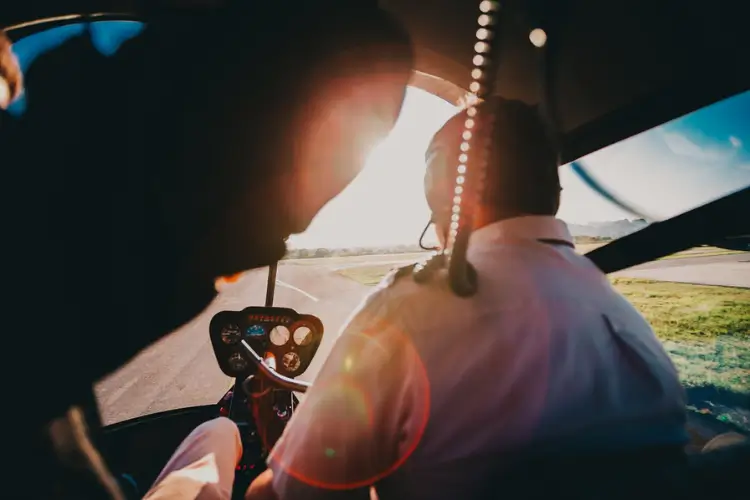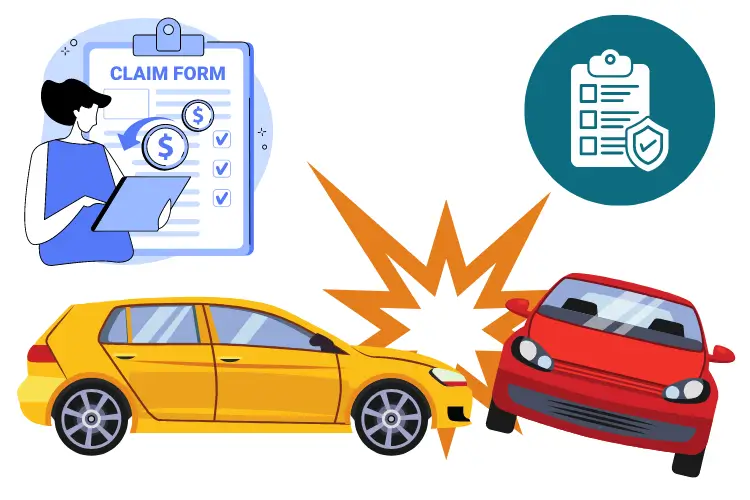Aviation safety is very important, and as a pilot, you have a major part to play in making sure every flight is safe and uneventful. In order to support pilots in maintaining the highest standards in aviation safety, this article provides five crucial safety advice. By adhering to these recommendations, you can reduce risks and improve your ability to make decisions. These pointers will be a helpful reminder of the procedures that keep you, your passengers, and your aircraft safe, regardless of your level of experience.
Conduct Thorough Checks
To ensure a safe flight, comprehensive pre-flight inspections must be carried out. Start by looking for any obvious wear or damage on the aircraft’s exterior. Examine the landing gear, wings, and fuselage. Seek out any indications of oil or gasoline leakage. Make sure that every light is operating as it should. Examine all the gauges and instruments inside the cockpit. Check the functionality of the communication and navigation systems. Additionally, ground support equipment, such as power units and tugs, should be inspected to ensure they are functioning correctly. Also, check the fuel levels and ensure there is enough for the flight duration plus an extra reserve. Examine the weather forecast for your whole itinerary. Be mindful of any potential dangers, such as severe winds or storms. Make sure your checklist is up to date and adhere to it strictly. Take care of any problems right away, and don’t leave until you’re positive that everything is operating as it should.
Adhere to Standard Operating Procedures (SOPs)
Respecting Standard Operating Procedures (SOPs) is essential to maintaining consistency and safety in flight. SOPs are set standards that describe how to do certain aircraft operations, such as takeoff, cruise, and landing, in the best possible way. By adhering to SOPs, mistakes may be reduced, and every operation can be carried out safely and correctly. Follow the checklist item by item throughout takeoff, from starting the engine to getting to cruise altitude. While cruising, be in regular contact with air traffic control and keep an eye on the aircraft’s systems. Follow the landing checklists, approach patterns, and descent procedures. SOPs encompass both routine and emergency operations, and their creation is grounded in substantial research and experience. You may make sure that every flight is carried out in accordance with the highest safety requirements by following these steps.
Maintain Clear and Effective Communication
For flight safety, communication must be efficient and clear. You must keep lines of communication open with your crew and air traffic control (ATC) as a pilot. When communicating with ATC, always utilize standard phrases to prevent misunderstandings. Be sure to communicate clearly and succinctly. To guarantee accuracy, confirm and reiterate any instructions provided by ATC. Establish a clear channel of communication with your copilot and other crew members when in the cockpit. Before you take off, go over your flight plan, any dangers, and emergency procedures. Promote an atmosphere where crew members are at ease disclosing any problems or worries. Effective communication is even more important in emergencies. Remain composed, accurately inform ATC of the circumstances, and pay close attention to their directions. Every flight may be made safer and more efficient by having effective communication skills.
Prioritize Continuous Training and Education
Sustaining excellent safety standards as a pilot requires ongoing training and education. New rules and technology are always changing the aviation sector. Participate in frequent simulator training to get experience managing various situations, including emergencies. Take part in advanced courses that address the most recent developments in maritime and aviation safety. Attend safety workshops and seminars to pick the brains of peers and specialists. Keep abreast of the most recent aviation laws issued by agencies such as the FAA or EASA. It’s helpful to read papers and publications from the sector to stay up to date on the latest trends and best practices. Ongoing education guarantees that your abilities stay current and that you are ready for any circumstance. Make consistent investments in your training and education. This raises the general level of flight safety as well as your level of competency. If you’re just starting out or looking to advance your training, consider enrolling in a reputable flight school like Nationwide Aviation. These institutions offer comprehensive programs, from introductory discovery flights to full private pilot certification, providing a strong foundation for a successful aviation career.
Manage Fatigue and Health
Maintaining optimal performance as a pilot requires managing health and fatigue. Your judgment, reaction time, and decision-making skills can all be negatively impacted by fatigue, which could pose a safety concern. Make sure you follow a regular sleep routine and get enough sleep before every flight to prevent weariness. Alcohol and caffeine should be avoided right before bed because they can interfere with sleep. Sustain a nutritious diet to ensure consistent energy levels all day long. Frequent exercise can also help you become more alert and have more general endurance. Be mindful of your mental health, tension, and worry that might impair your ability to function. Stay calm and concentrated by using relaxation techniques like deep breathing or meditation. Frequent check-ups are essential to identify potential problems early. It’s critical that you report feeling ill rather than taking a flight.
Conclusion
The pilot bears a major portion of the responsibility for aviation safety. Pilots can greatly increase flight safety by carrying out comprehensive pre-flight inspections, participating in ongoing training, following standard operating procedures, communicating clearly, and controlling their health and fatigue. These procedures not only safeguard the pilot and passengers but also improve the aviation sector’s overall safety record. Making these safety recommendations a top priority guarantees that every flight is handled with the highest care and expertise.




